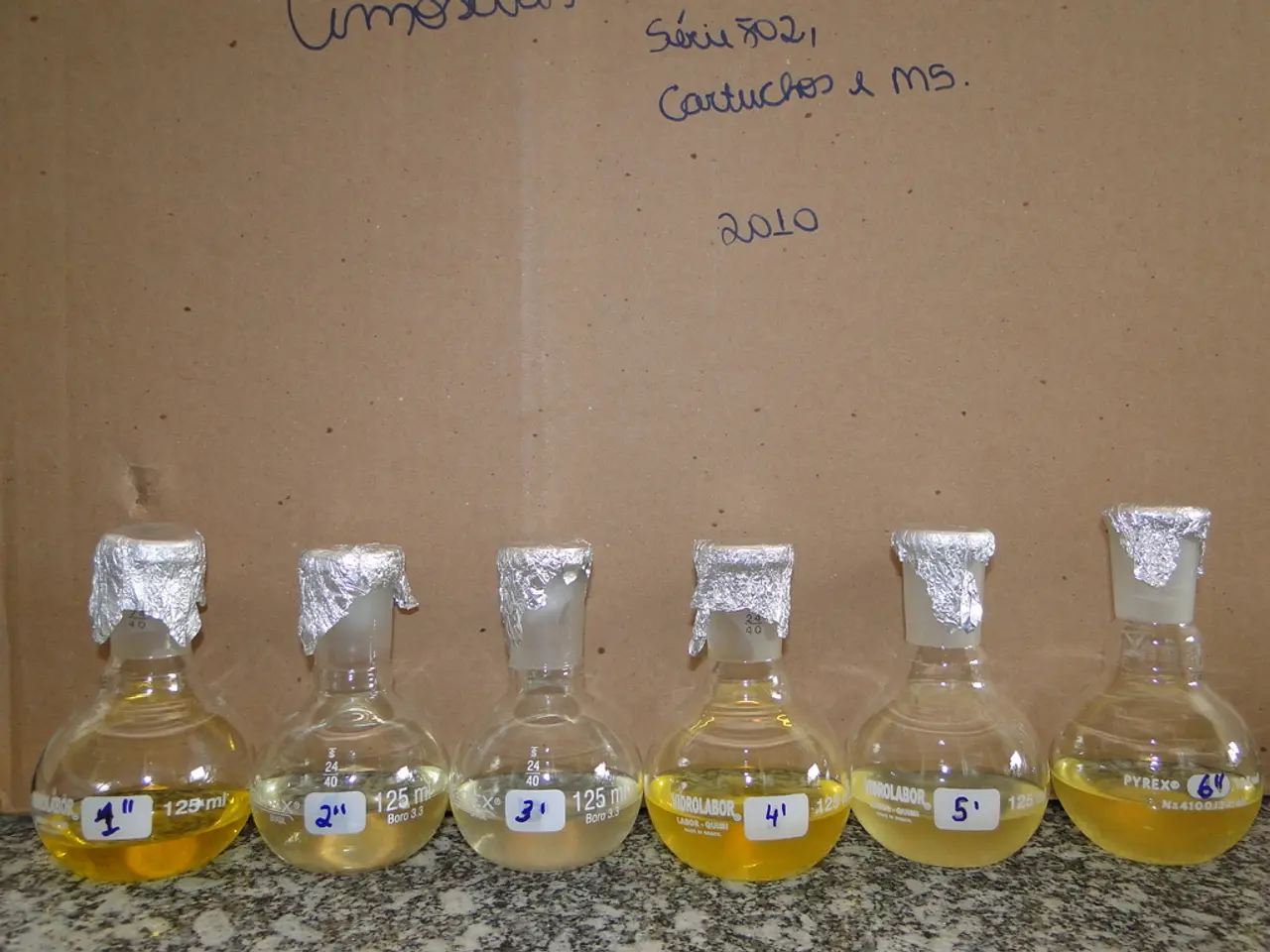Python's Structures for Organizing Data: Classes and Objects
In the world of Python programming, understanding the difference between class variables and instance variables is essential for creating effective and efficient code. This article aims to shed light on these concepts and their key distinctions.
Python, as an object-oriented language, supports object-oriented programming using reusable templates (classes) and real-world models (objects). When creating a class, we can define both class variables and instance variables. The method in Python allows us to define a custom string representation of an object, making it easier to understand their properties.
Class variables, defined at the class level outside any methods, are shared across all instances of a class. They are useful for storing data common to all instances, such as constants or counters. On the other hand, instance variables, defined within methods or the constructor using the parameter, are unique to each instance. They store data specific to each object instance, like name, age, or other unique attributes.
One of the key differences between class variables and instance variables lies in their scope and sharing. Class variables are shared across all instances, meaning there is only one copy of a class variable which all instances access and share. In contrast, instance variables are unique to each instance, with every object having its own separate copy.
Another difference is in their definition location. Class variables are defined inside the class but outside any method, while instance variables are usually defined inside methods, most commonly inside the constructor using .
Accessing and modifying these variables also differ. Class variables can be accessed using the class name or an instance, but modifying a class variable through an instance name typically creates a new instance variable for that object rather than modifying the class variable itself. Instance variables, on the other hand, are accessed and modified through the instance using .
Python offers additional features such as static methods, abstract classes, method overriding, and property decorators to enhance the object-oriented programming experience. However, these topics are beyond the scope of this article, which focuses on the fundamental differences between class variables and instance variables.
Here's an example illustrating these differences:
```python class Dog: species = "Canine" # Class variable shared by all dogs
dog1 = Dog("Buddy", 3) dog2 = Dog("Lucy", 2)
print(dog1.species) # Canine (class variable) print(dog2.name) # Lucy (instance variable) ```
In this example, the variable is a class variable shared by all dogs, while and are instance variables unique to each dog. Changing a class variable affects all instances referencing it, whereas changing an instance variable only affects that particular object.
In conclusion, understanding the differences between class variables and instance variables is crucial for creating well-structured and efficient Python code. Class variables are shared across all instances and are useful for storing data common to all instances, while instance variables are unique to each instance and store data specific to each object.
Read also:
- Brand-new Tesla Cybertruck fails after 70 miles, owner comments: "Glad it malfunctioned, easier to tackle issues at the outset"
- xAI's Grok encounters another pause as users prompt it to provide opinions on the ongoing Gaza situation
- Barnes & Noble teams up with Appcelerator for a collaboration
- Gadgets and Tech Essentials to Outshine Your Studies in the Upcoming Academic Term




